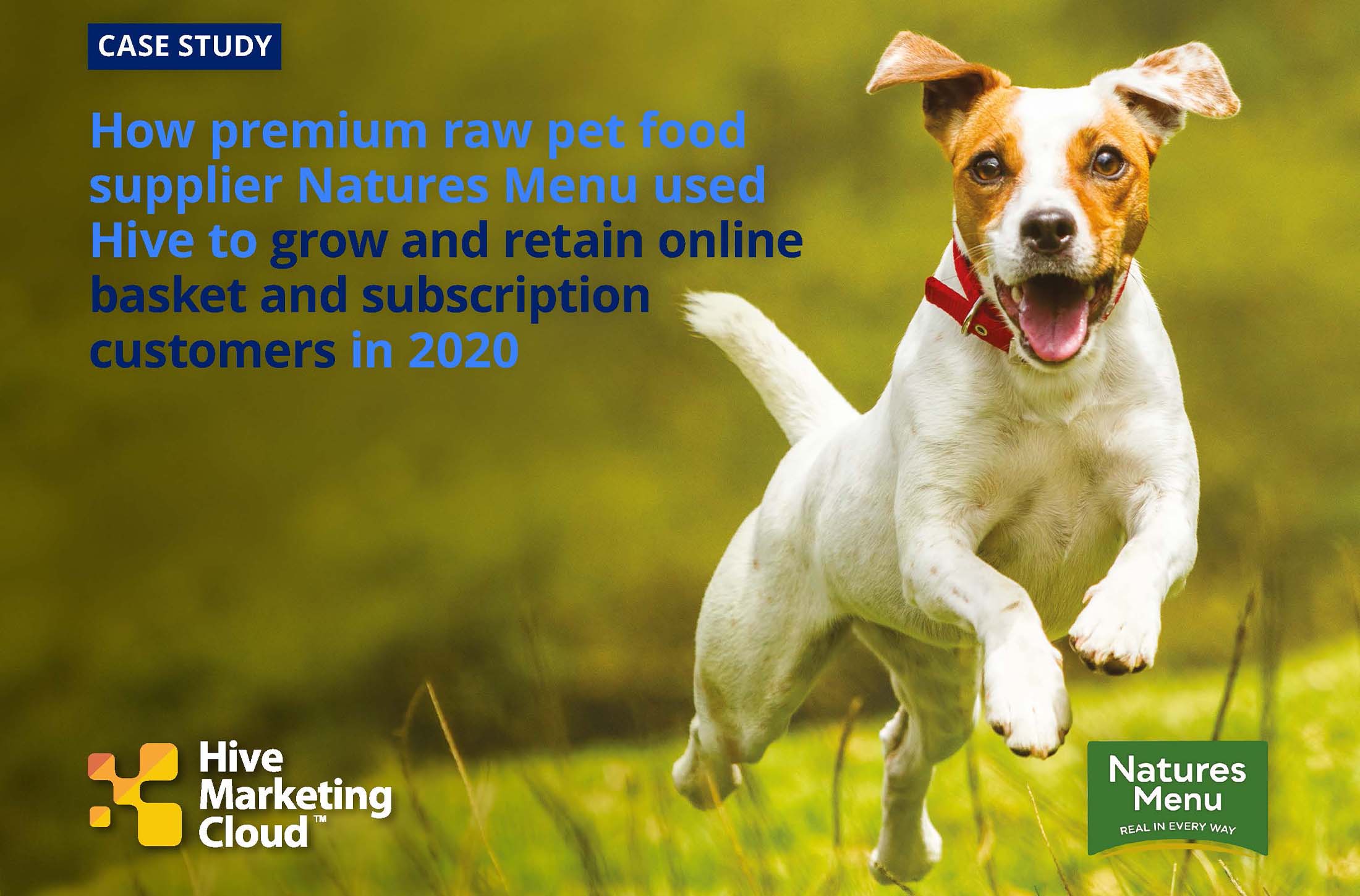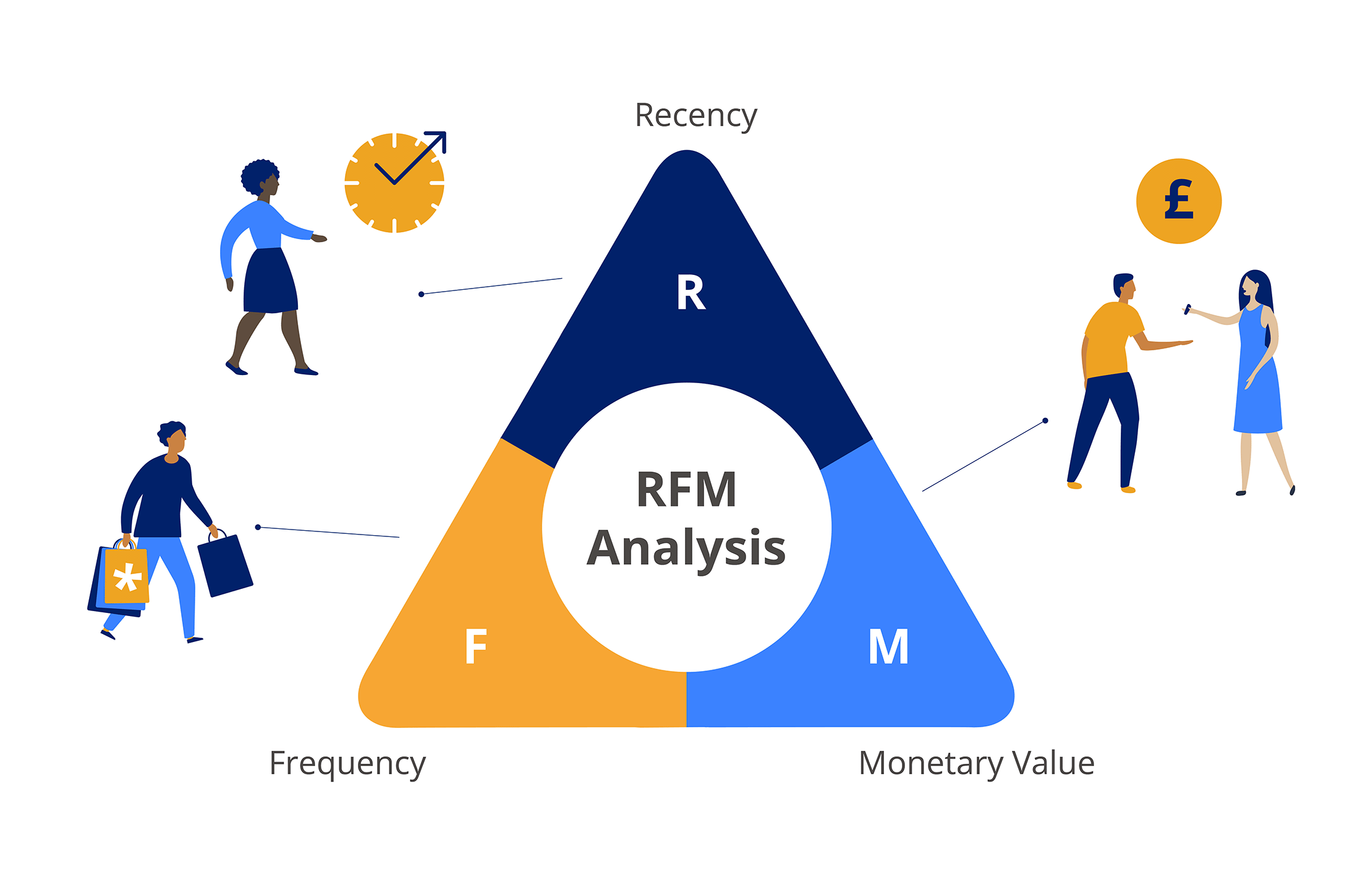The basics of customer segmentation for marketing
Did you know that your customers are not all the same? No brainer, right? Well some businesses talk to them as if they are, this is really missing a trick! Each customer will have a diverse range of interests and preferences that can’t be met without customer segmentation. Here’s the basics of this powerful marketing strategy.

Before we get started
To set the context of this article it is important to highlight that there are customers, and there are customers. Often times when people refer to their customers, depending on the context, they can in fact mean their prospective customers. Potential customers who conform to a number of parameters which help marketers to group them together in like-styled cohorts or segments in order to become more efficient at targeting them. But there are also customers in the real sense of the meaning, those who have made a purchase from you and that are therefore individually known and identifiable to you. You can talk directly to this known audience because you have their contact data (unless they opted out), and with each engagement or transaction you can learn a little more about what they like or don’t like.
What is customer segmentation?
Customer segmentation is a marketing strategy that involves dividing a business’ customers into distinct groups based on shared characteristics. This process helps companies better understand their customers, tailor their marketing efforts, and improve customer satisfaction.
Why is customer segmentation important?
By looking at the profiles of existing customers, organisations can learn how to better find (i.e. target) and importantly attract their prospective customers. This is helpful because it drives down the cost of customer acquisition (CAC – Customer Acquisition Cost) – which is usually a subsidiary goal of marketing.
Equally, by looking at an organisation’s customers through the lens of segmentation, businesses can learn more about them, their likes and dislikes, improving customer satisfaction, which in turn increases brand loyalty and repeat purchases.
Types of customer segmentation
Now you know what customer segmentation is and why it’s important, there are several types of segmentation that you should be aware of in order to create more effective marketing campaigns.
Here we discuss the most basic and common types of customer segmentation, but there are many more sophisticated approaches that you could take, such as RFM (Recency Frequency and Monetary value) Analysis – download our eBook to learn more about that.
- Demographic segmentation: Demographic segmentation divides customers based on their age, gender, income, education level, occupation, marital status, and other personal characteristics. This segmentation is popular because it is easy to collect data on these characteristics, and they often correlate with purchasing behaviour.
- Geographic segmentation: Geographic segmentation divides customers based on their location, such as country, state, city, or zip code. This segmentation is useful for businesses that sell products or services that are geographically specific, such as local food or tourist attractions.
- Psychographic segmentation: Psychographic segmentation divides customers based on their lifestyle, personality, values, interests, and attitudes. This segmentation is useful for businesses that want to understand their customers’ motivations and desires and create marketing messages that resonate with them.
- Behavioural segmentation: Behavioural segmentation divides customers based on their past behaviours, such as their purchasing history, frequency of purchases, and brand loyalty (RFM). This segmentation helps businesses create targeted marketing campaigns that are more likely to result in repeat purchases.
- Firmographic segmentation: Firmographic segmentation is specific to business-to-business (B2B) marketing. It divides customers based on the characteristics of their organization, such as their industry, size, revenue, and geographic location. This segmentation is useful for B2B companies that usually sell their products or services to quite specific target market groups.
Now that you are familiar with the different types of customer segmentation, it’s time to think about how you can apply this to your own business. Consider the characteristics that are most relevant to your customers and how you can use this data to create targeted marketing campaigns that resonate with each segment.
How to use customer segments
Once you have identified the different segments of your customer base, you can start tailoring your marketing efforts to each group. For example, you can use demographic segmentation to create personalised email offers that target the age, gender, or income level of your customers. You can use geographic segmentation to send SMS messages promoting your products or services in stores that are relevant to a customer’s specific location. With psychographic segmentation, you can create brand loyalty schemes that align with your customers’ values or interests. And with behavioural segmentation, you can send personalised offers, product recommendations and promotions based on the Recency, Frequency, and Monetary Value of a customer’s purchase history.
By using customer segmentation to create personalised marketing messages, you can improve the relevance and effectiveness of your campaigns, increase customer satisfaction, and ultimately drive sales.
Conclusion
It’s safe to say that consumers are growing accustomed to personalised messages, benefits, and offers from the brands that they love. This is why it’s important as a marketer to wrap your head around the basics of segmentation. Once you understand what customer segmentation is, and how it can greatly benefit your business, you’ll kick yourself for not learning about it sooner. And for those that are already aware, it never hurts to polish your knowledge of the fundamentals that fuel this ever-evolving marketing strategy.
Learn how to turn customer behaviour into insights for greater marketing results by reading this article.











